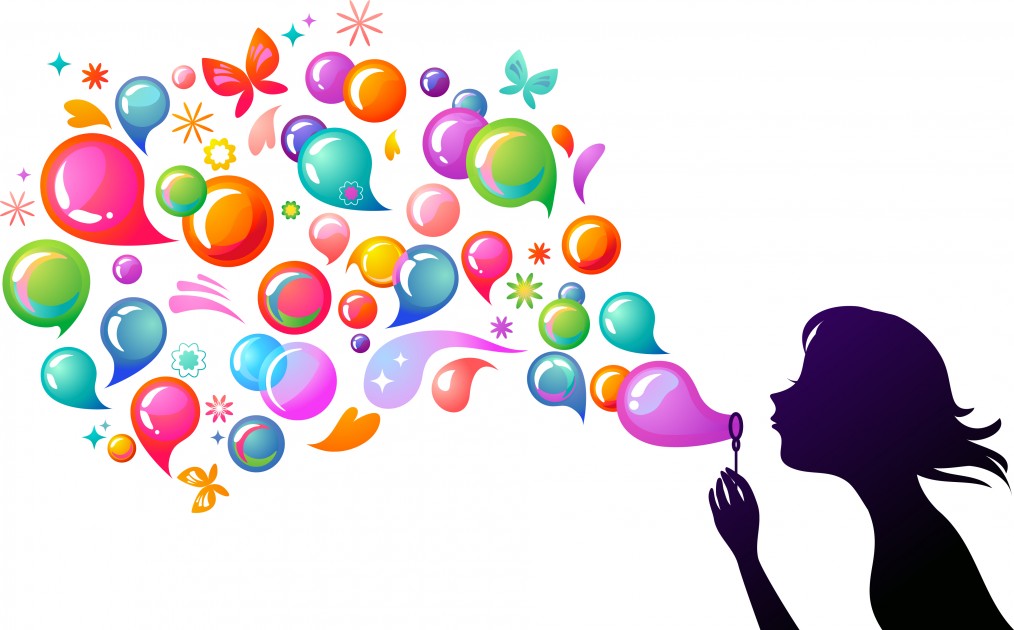This one of three posts on Ear Caressing Sound, Body Caressing Sound and Soul Caressing Sound.
These are hard to describe, but we’ll give it a go. Of the three, I’ve found Ear Caressing to be the most rare, Body Caressing less so, and Soul Caressing the most often experienced of the three. But YMMV.
Ear caressing is partly a physical sensation and partly a sonic effect.
It occurs when the ears are buffeted by sound in such a way that it feels almost like someone is whispering in both your ears at the same time [or nearly the same time. The different arrival time of the caresses is not disturbing at all, but kind of playful, and much like waves in a swimming pool as they splash the sides of the pool – it feels like the caresses are part of a physical whole that is very organic in shape. Now that I think about it, it is very like having your ears slightly underwater near the edge of a pool, and the feeling of the water kind of ‘splashing the ears’ in a random, but very natural, rhythm].
It is this extremely intimate, very human, warm, perfectly natural feeling. As if there is a person whispering to you and it is your loving parent, spouse or lover.
You feel their ‘breath’ as ‘they’ speak to you, but their words are the music you are listening to.
It is kind of like a headphone effect if headphones could move that much air.
This has happened to me only a handful of times, and fairly recently at that – or perhaps it’s uniqueness has just not called attention to itself until recently.
If fact, it has only happened with the Acapella Atlas horn speakers, and only when they are setup a certain way. They are very close to being setup that way now, but not quite. I am not sure that Neli or Kevin heard this effect – and during setup all I have been able to do is mumble incoherently something like ‘Wait I think this position is interesting’ before they all talk about how one speaker ‘looks’ like it is too close, or pointing out instead of of in, or all the other hallucinations involving speakers in the uneven mostly octagonal-shaped room late at night.
I do not know what event or combination of circumstances have allowed me to experience Ear Caressing now.
Perhaps:
1. It requires horn speakers and their ability to create distinctive dynamic waves of sound and we haven’t had horn speakers here for 10 years or so
2. It has something to do with the shape of each of our ears and how they uniquely capture and guide sound waves into the ear canal – and I was just lucky that my particular ears interfaced this way with a particular setup position of these particular speakers.
3. We had the speakers setup here to within a fraction of an inch of where they are supposed to be, and that we rarely get this lucky where the speakers are setup so perfectly
4. It just didn’t ‘click’ that this ‘effect’ was an effect worth distinguishing from other ‘effects’. Certainly I know I have experienced Body Caressing Sound many times before, but did not think to identify is as something kind of unique until after I had thought about and called out Ear Caressing as a particular effect that could be discussed and … pursued.
And I *do* want to pursue this effect.
Sometimes it is a lot like our Mother whispering into our ears that they love us, when we were very, very little and trusting and could still believe that someone could really love us THAT much. More often it is like she is whispering a fantastic tale, her warm breath gently playing on our young ears, in such a way that we could not help but believe that the story was true.
There is something about this kind of sound that gets around our usual defenses and cynical calculations and automatic emotional responses – to go right directly to the heart of us.
But I won’t be able to pursue it unless I can convince Neli that it actually exists [not an easy task will that be :-)]. Hmmmm…..

